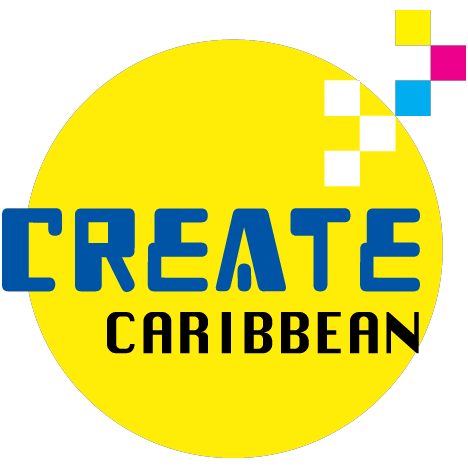The Digital Humanities research topic “Resistance and Reality” which I will be doing will focus mainly on the Educational part of this topic. My research will be done by focusing on the education systems we had in the Caribbean but, mainly in Dominica before emancipation to this present day. Furthermore, I will be looking at how and why schools were developed before to now, reasons why people went to school here and why people left here to receive further education in international countries and lastly, I will be looking at the educational systems in Dominica compared to other countries. To gather my information on this topic, I have visited websites, the National Documentation Centre as well as the National Archives Unit. My research questions are there to guide me with this research.
- What’s wrong with the education system in Dominica?
- Why do students choose overseas or other Caribbean countries to further their studies and not Dominica?
- Do they move to explore other countries or is something wrong with ours?
- Can’t our economic system withstand students that come to our island for studies or cant our economic system withstand us in wanting to further our studies?
- Is there something wrong with our colleges and universities in Dominica?
Throughout my research I’ve used these questions as my guidelines to what I want to accomplish through my analysis of articles, handouts, books, that I’ve been reading through. However, gathering the relevant information for my research topic is not easy. I’ve faced challenges such as not finding exactly what I want such as the education curriculum in Dominica and not finding a lot of information of Dominica when it comes to the past that’s why I had to open up my research to the rest of the Caribbean to get the answers necessary to do this research. So far, I have mainly used online information such as articles, and books to do this research.
Furthermore, through my research I have learnt some facts about the education system in Dominica, America and China that I have never known before. I’ve also learnt that migration of education didn’t start in this day and age it started with the people before us because of the lack of resources before and the want to further educate oneself. The main feature I would like to include in my research will be a map which will illustrate a pattern of migration and one which will show the different educational institutions that we had before and those we have now. However, the only problem I face now is figuring out how I would like to display my maps.
To conclude, my research questions are guiding me through the journey of building this project. So far, I can say that I have been receiving a lot of information on the questions for my research and I can safely say 70% of my questions have been answered. However, I am still facing challenges on some questions that I want to be answered on Dominica and a challenge on how I want to see my maps being displayed.
